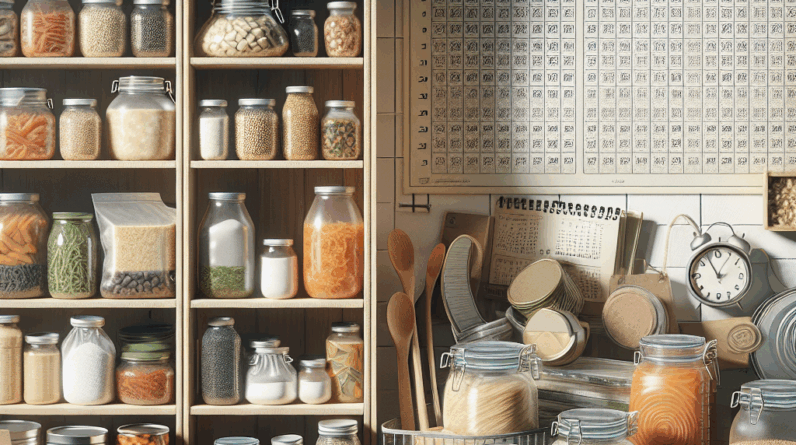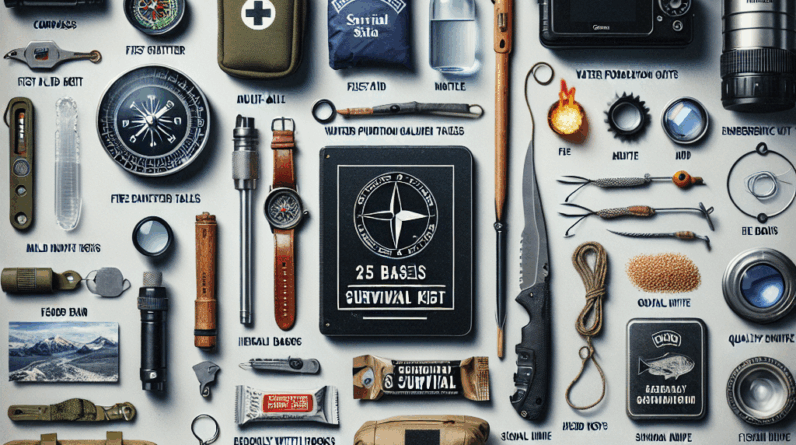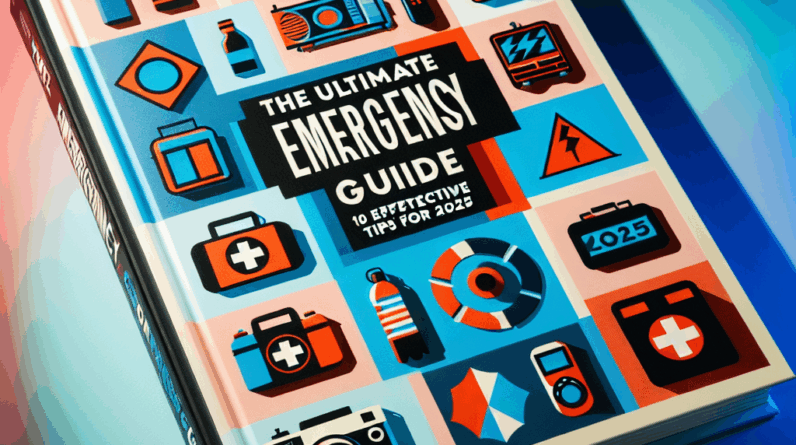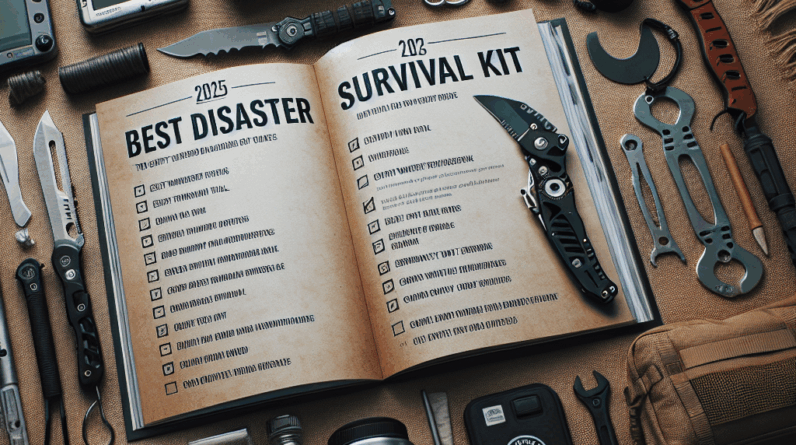
Understanding the Importance of Survival Seeds
Why Survival Seeds Matter
Survival seeds are the backbone of self-sufficiency, especially when it comes to prepping for unforeseen circumstances. I can’t tell you how many times I’ve felt a sense of security just knowing that I have seeds stored away. These seeds allow us to grow our own food, regardless of what’s happening in the world.
What’s even better? By storing heirloom seeds, we ensure that our next generation can continue this tradition. Heirloom seeds can be saved and replanted, so you just keep passing down that bountiful buffet of fruits and veggies.
Plus, in times of crisis, having a reliable food source can make all the difference. It feels liberating to know that if push comes to shove, I’ve got my seeds ready to go, and I’m ready to plant them.
Choosing the Right Seeds
Not all seeds are created equal when it comes to survival. Personally, I’ve found that focusing on a variety of seeds – like vegetables, herbs, and grains – gives me a well-rounded garden. For instance, tomatoes are so versatile, while beans are protein-rich and easy to grow!
Also, it’s essential to choose heirloom or open-pollinated seeds rather than hybrids or genetically modified seeds. Hybrids often don’t produce viable seeds, which defeats the whole purpose of saving your seeds for future use.
Don’t overlook local varieties either. If you can find seeds that are adapted to your climate and soil, you’ll have an even better chance of success when it comes time to plant. It’s almost like getting a cheat code for gardening!
Setting Up a Seed Bank
Creating a seed bank is one of the most fulfilling projects I’ve taken on. I always start by organizing my seeds in a cool, dark place. A dedicated container, like a small toolbox or drawer, does the trick to keep them away from moisture and light.
Labeling the containers is key! I use simple tags that include the type of seed, the date I harvested or purchased them, and any additional notes about their growing conditions. Trust me, when the time comes, you’ll be grateful you did this.
Don’t forget to include a moisture absorber, like silica gel packets, in your seed bank. These little guys help keep humidity levels down, which can preserve seed viability for years. It’s a small investment for peace of mind!
Properly Storing Your Seeds
Temperature Control
Temperature plays a huge role in seed longevity. I’ve learned from experience that keeping seeds in a consistent, cool environment is crucial. Ideally, you want to store them in a place where the temperature stays between 32°F to 41°F.
My go-to spot is the fridge! It might sound crazy, but it works wonders for preserving seeds. Just be sure to place them in a sealed container to protect them from moisture and odors.
If you don’t have access to a fridge, you can still find a suitable location. A basement is usually cooler than the rest of the house and can be great for storage as long as it doesn’t get too damp.
Moisture Management
Moisture is a seed’s worst enemy. Too much humidity can lead to mold and decay, which is a huge bummer! I make sure to dry my seeds thoroughly before storing them. Generally, seeds should be completely dry to the touch and not contain any moisture.
I often let my seeds sit out in a warm, dry area for a few days after harvesting before sealing them up for long-term storage. That little extra bit of patience pays off immensely down the line.
If I’m in doubt about humidity levels, I’ll invest in a hygrometer to keep tabs on the environment in my seed storage area. It’s a small price to pay for saving my beloved seeds!
Using Airtight Containers
Airtight containers are a game changer! I’ve found that glass jars with metal lids work beautifully. They keep the seeds safe from moisture and pests. However, any airtight container will work, even plastic bins — just make sure they seal well.
When I store smaller quantities, I like using small envelopes and then placing them within larger containers. It’s an effective way to stay organized and ensures that you don’t have to dig through a bulk of seeds just to find what you’re looking for.
Get Preparedness and Self-Reliance Tips. Subscribe Now!
Finally, remember to keep these containers in a spot where they won’t be exposed to direct sunlight because that can heat them up. A dark corner is just perfect for this job!
Regularly Reviewing Your Seed Collection
Checking Viability
It’s not enough to just store your seeds; you’ve got to check them too! I’ve made it a habit to review my seed stash once a year. This way, I can test their viability and discard anything that’s past its prime.
The germination test is pretty easy. I take about ten seeds and place them on a damp paper towel, then put them in a plastic bag for a week. If more than 70% sprout, I know they’re still good to go!
If a batch fails, I don’t stress it too much. I just make a note to replace them next season. This is essential for making sure I always have hearty seeds ready when it’s planting time.
Updating Your Seed Supply
Seeds can only last so long, so it’s super important to replenish your stock regularly. Each planting season, I try to save new seeds from my crops. This adds to the diversity of my seed bank and ensures I’m always working with strong, resilient genetics.
Also, if there are new varieties or heirlooms I want to try, I make sure to buy those and add them to my collection. You never know when the perfect seed will come along that could be a game-changer for my garden!
Connecting with local gardeners can also open up new opportunities for seed swapping. It’s a great way to get unique varieties that may be better suited for my particular climate!
Maintaining Records
Keeping thorough records of my seeds has been a lifesaver. I like to document what I have, how long I’ve kept them, and the results I’ve had with them. This information helps me make better decisions about my garden each year.
Plus, it’s easy to forget what you started with. By maintaining records, I’m able to keep track of what worked and what didn’t. This way, I can optimize my gardening efforts moving forward!
Sometimes I even just jot down notes in my gardening journal, which keeps it personal. It’s like having a little gardening buddy to guide me through my journey.
Conclusion
Storing and preserving survival seeds isn’t just about keeping seeds; it’s about securing a future. Through my journey, I’ve learned that it takes a bit of effort to get it right, but the pay-off is incredible. With the right techniques, I’ve managed to sustain my gardening endeavors in good times and bad. So, take it from me, prioritize your seed storage; it’s part of building your resilience!
Frequently Asked Questions
1. How long can I store seeds?
Seeds can last anywhere from 1 to 10 years or more, depending on the type of seed and how you store them. Heirloom seeds tend to last longer than hybrids. Regularly checking their viability helps!
2. Can I store seeds in plastic bags?
Yes, plastic bags can work in a pinch, but I recommend using airtight containers or glass jars for better protection against moisture.
3. What’s the best way to tell if my seeds are still viable?
The germination test is the most effective way! Place some seeds in a damp paper towel for a week; if most sprout, they’re good to go!
4. Do I need to worry about pests?
Absolutely! Make sure your storage containers are pest-proof, and keep an eye out for any signs of infestation. You can even add a bay leaf to deter pests!
5. Why are heirloom seeds better for storage?
Heirloom seeds are open-pollinated, meaning you can save and replant them year after year, unlike hybrids which often don’t produce viable seeds.





